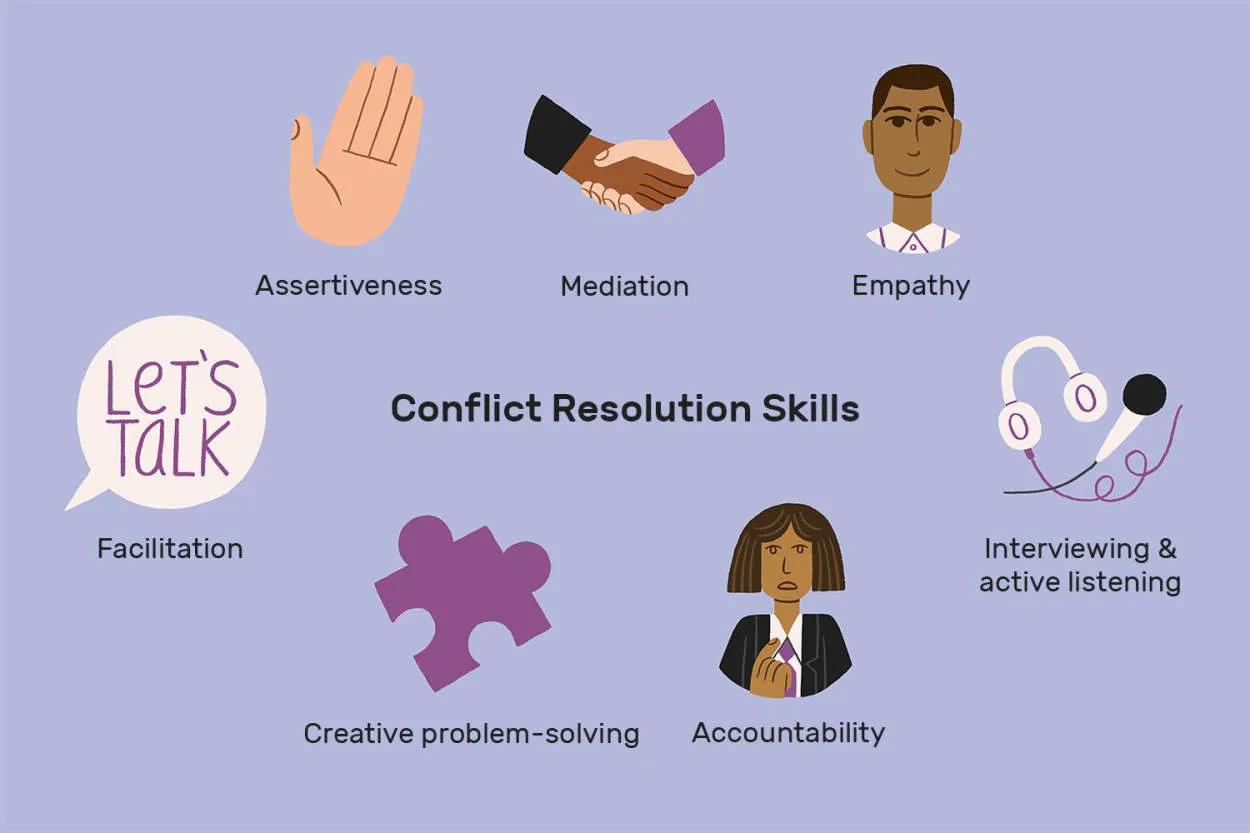In the fast-paced and competitive world of business, conflicts are bound to arise. Effective conflict resolution strategies are vital for maintaining a harmonious and productive work environment. This article explores key strategies to help businesses resolve conflicts and foster positive outcomes.
Identifying the Root Causes of Conflict
Conflict is a common occurrence in the business world, often hindering productivity and harming working relationships. In order to effectively resolve conflicts, it is important to first identify their root causes. By understanding the underlying factors contributing to conflicts, businesses can develop strategies to address and prevent them from occurring in the future.
Lack of Communication
One major cause of conflict in businesses is a lack of communication. When employees fail to communicate effectively, misunderstandings and misinterpretations can arise, leading to conflict. This can be due to poor listening skills, language barriers, or inadequate information sharing. Businesses should encourage open and transparent communication channels to minimize conflicts stemming from misunderstanding.
Differences in Values and Goals
Conflicts can also stem from differences in values and goals between individuals or departments. When people have divergent views on how things should be done, tensions can escalate. It is essential for businesses to foster a shared understanding of values and goals, ensuring that all employees are aligned and working towards a common objective.
Lack of Leadership and Conflict Management Skills
Another root cause of conflict in business is the absence of strong leadership and conflict management skills. When managers are unable to effectively address and mediate conflicts, tensions can escalate and disrupt the workplace. Providing training and development opportunities for leaders and employees in conflict management can help prevent conflicts from escalating and damaging relationships.
Inadequate Resource Allocation
Conflicts may also arise due to inadequate resource allocation. When resources are limited or distributed unfairly, competition and resentment can emerge among employees or departments. Businesses should ensure that resources are allocated fairly and transparently, assessing the needs and capabilities of each team to minimize conflicts arising from resource scarcity.
Organizational Structure and Policies
The organizational structure and policies within a business can contribute to conflicts. For instance, a hierarchical structure that limits employee autonomy and decision-making authority can result in power struggles and conflicts. By promoting a more flexible and collaborative structure, businesses can reduce conflicts arising from organizational dynamics.
Conclusion
In order to effectively resolve conflicts in business, it is crucial to identify and understand their root causes. Factors such as lack of communication, differences in values and goals, insufficient leadership and conflict management skills, inadequate resource allocation, and organizational structure can all contribute to conflicts. By addressing these root causes, businesses can implement strategies for effective conflict resolution and create a harmonious work environment.
Implementing Active Listening Techniques
In the realm of effective conflict resolution in business, implementing active listening techniques can play a crucial role. Active listening is a skill that enables individuals to fully understand and empathize with the perspectives and concerns of others involved in a conflict. By actively engaging in this type of listening, professionals can foster understanding, build rapport, and work towards mutually beneficial resolutions.
1. Maintain Eye Contact
One way to demonstrate active listening is by maintaining eye contact with the person speaking. This gesture shows your attentiveness and respect for their viewpoint, making them feel heard and valued.
2. Paraphrase and Reflect
During a conversation, it helps to paraphrase and reflect on what the speaker is saying. This technique involves summarizing their thoughts and feelings to ensure accurate comprehension. It also allows you to clarify any misunderstandings and validate their perspective.
3. Avoid Interrupting
Interrupting someone while they are expressing their thoughts can hinder effective conflict resolution. To promote active listening, it is essential to let the speaker finish their point before contributing your own thoughts. This approach demonstrates respect and encourages open dialogue.
4. Ask Open-Ended Questions
Asking open-ended questions encourages the speaker to provide more information and elaborate on their views. It shows genuine interest and allows for a deeper exploration of the underlying issues. Open-ended questions also facilitate a collaborative problem-solving approach.
5. Show Empathy
Displaying empathy is crucial in active listening. By acknowledging and validating the emotions of others, you create a safe space for open communication. This validation helps to defuse tension and promotes a cooperative mindset towards resolving conflicts.
Implementing active listening techniques can greatly enhance conflict resolution in a business setting. By practicing these techniques, professionals can build stronger relationships, find common ground, and achieve more effective and lasting resolutions.
Facilitating Mediation and Collaboration
In the fast-paced and competitive world of business, conflicts are unavoidable. Effective conflict resolution strategies are crucial for maintaining a harmonious work environment and promoting productivity. One approach that has proven to be successful is the facilitation of mediation and collaboration.
Mediation
Mediation involves the intervention of a neutral third party to help facilitate communication and negotiation between conflicting parties. The mediator’s role is to create a safe and respectful space for both sides to express their concerns and find mutually acceptable solutions. This process enables conflicting parties to actively participate in finding resolutions and take ownership of the outcomes.
Benefits of Mediation
Mediation offers several benefits in resolving conflicts. It encourages open dialogue, promotes understanding, and allows for the exploration of win-win solutions. By preserving relationships and avoiding the adversarial nature of traditional conflict resolution methods, mediation helps build trust and maintain a positive work atmosphere.
Collaboration
Collaboration involves bringing conflicting parties together to work towards a common goal. It focuses on fostering a cooperative environment where individuals actively engage in problem-solving and decision-making processes. Collaboration encourages brainstorming, sharing ideas, and pooling resources, leading to innovative solutions that address the root causes of conflicts.
Benefits of Collaboration
Collaboration brings numerous benefits to conflict resolution. It harnesses the diverse strengths and abilities of conflicting parties, leading to more comprehensive and creative solutions. Collaboration also promotes teamwork, builds stronger relationships, and enhances overall organizational effectiveness.
By implementing mediation and collaboration strategies, businesses can effectively address conflicts and transform them into opportunities for growth and improvement. These approaches empower all parties involved and establish a culture of open communication, mutual respect, and cooperation.
Conclusion
In conclusion, implementing effective strategies for conflict resolution in business is vital for maintaining a harmonious work environment. By promoting open communication, encouraging collaboration, and understanding the underlying causes of conflicts, businesses can minimize disruptions and foster strong relationships among team members. Embracing a proactive approach to conflict resolution not only improves productivity but also enhances overall organizational success.




